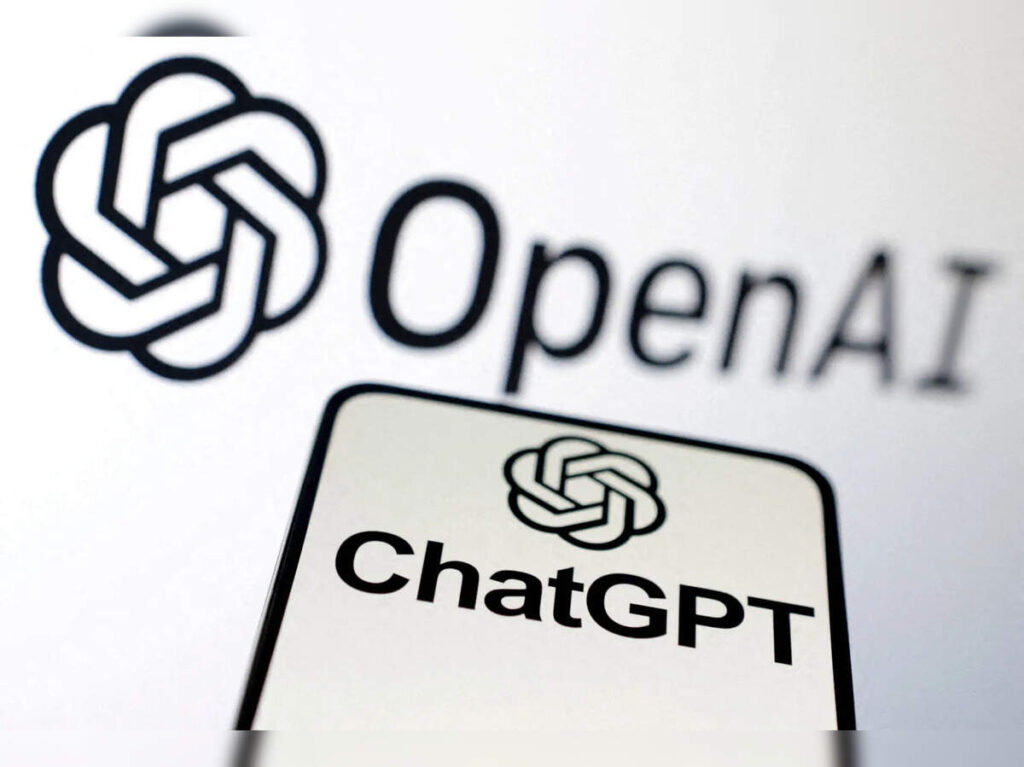Recently, Microsoft-backed OpenAI’s chatbot, ChatGPT, faced a widespread outage that affected users globally, causing significant disruptions in service. This incident not only impacted ChatGPT directly but also extended to OpenAI’s API and the Sora platforms. Users flooded social media with complaints, detailing slow login processes and degraded performance. By late morning, however, services were fully restored, and OpenAI issued an update announcing that the ChatGPT, API, and Sora interfaces were back online.
Service outages like this can be especially challenging for businesses that rely on automation. These disruptions can stem from multiple sources, including technical errors, integration mismatches, and API rate limits. For small to medium-sized businesses (SMBs) heavily dependent on AI-driven tools, understanding these common issues is crucial to maintaining operational continuity.
One common problem in automation environments is experiencing unexpected errors from APIs. These errors can lead to failed requests and interrupt workflows. To troubleshoot API-related problems, follow these steps: First, check for any alerts or notifications from the service provider regarding outages or disruptions. OpenAI, for example, tends to announce known issues through social media or status pages. Next, implement a logging mechanism in your application to capture error codes and messages returned by the API. This will help in diagnosing the specific problem.
If you’re encountering a rate limit issue, it’s important to understand your usage patterns. API rate limits restrict the number of requests that can be made within a certain timeframe to ensure fair usage across all users. If you’re consistently hitting these limits, consider optimizing your API calls. You can do this by batching requests where possible, using webhooks for notifications rather than polling the API, and analyzing which requests can be reduced or eliminated during peak usage.
Integration issues also pose a significant risk when working with cloud-based platforms. If your organization relies on multiple systems, the risk of disparate technologies not working harmoniously is ever-present. A methodical approach to troubleshooting integration issues includes several steps: First, verify the configuration settings for each system integration. Is the authentication method (e.g., API keys, OAuth tokens) properly set up? Also, examine the data being transmitted to ensure it conforms to the schema expected by the API. Any discrepancies here can lead to failures in the integration.
While addressing these problems might seem time-consuming, the risks of not doing so are substantial. Prolonged service outages or API malfunctions can harm customer relationships, degrade user experience, and even incur financial losses. Therefore, a sound strategy for rapid error resolution is paramount. The return on investment (ROI) for maintaining or restoring service functionality translates directly to customer satisfaction and operational efficiency. In a marketplace that items speed and responsiveness, a robust automation framework with comprehensive troubleshooting practices can give your business a critical edge.
In conclusion, dealing with service outages and API failures necessitates a structured approach to troubleshooting and resolving issues promptly. Elevating your organization’s technical capabilities in these areas is crucial for sustaining productivity. Investing in automated monitoring systems and contingency processes can mitigate risks, providing a smoother operational experience.
FlowMind AI Insight: In an age where data-driven decisions reign supreme, ensuring the reliability of your AI tools is a foundational component of business success. Equipping your team with the skills to swiftly address automation-related challenges not only minimizes downtime but also enhances your organization’s resilience and agility in a rapidly evolving technological landscape.
Original article: Read here
2024-12-12 08:00:00

